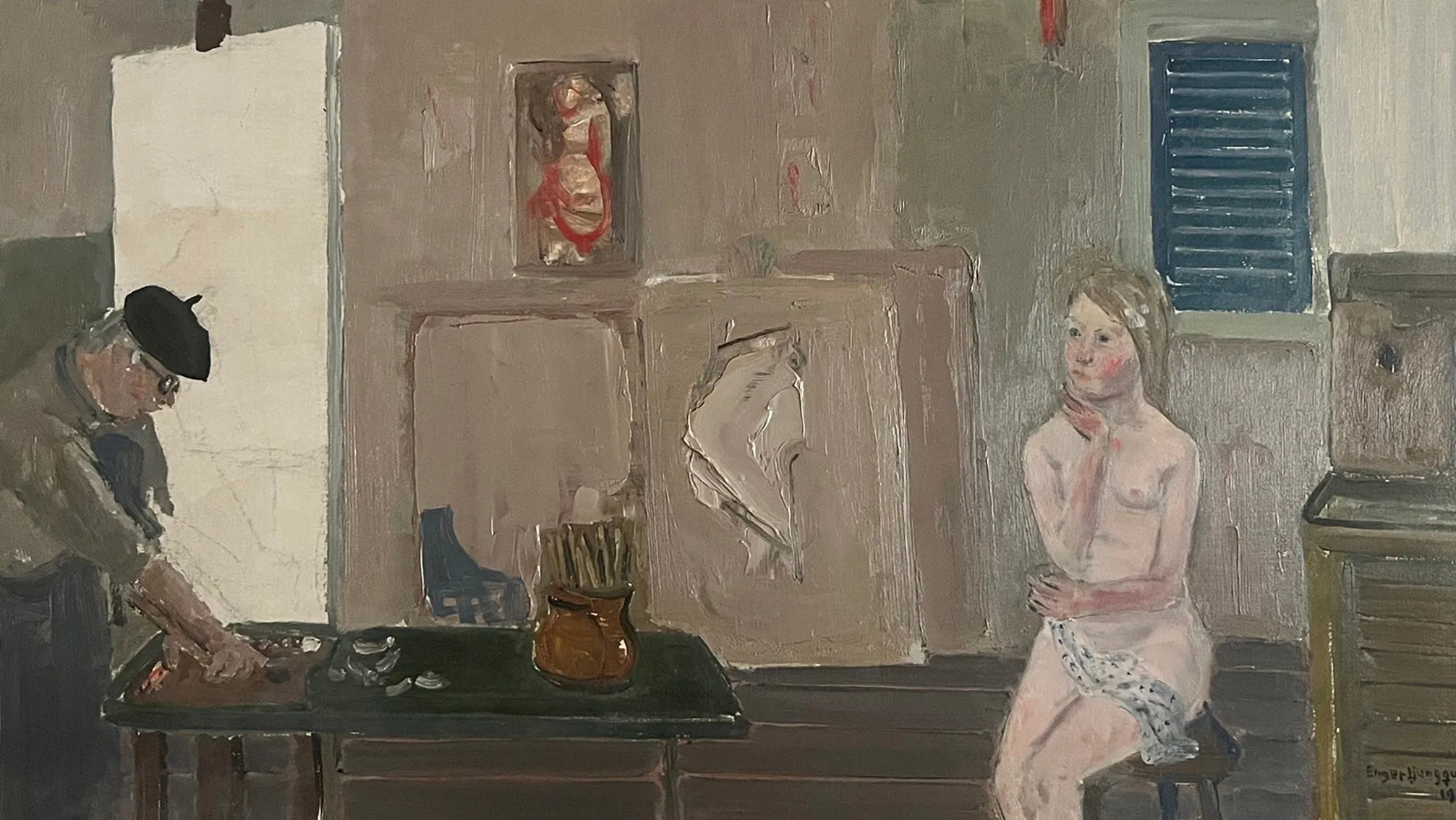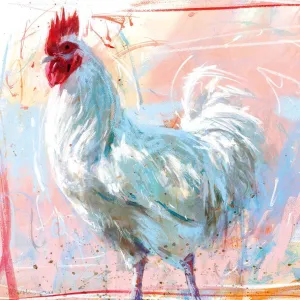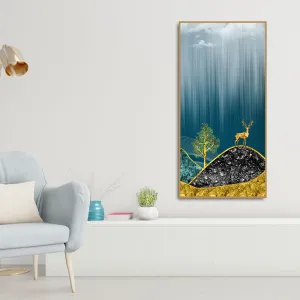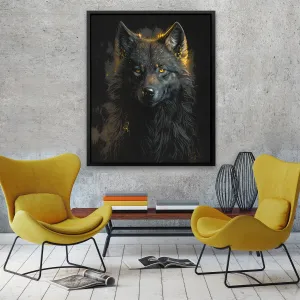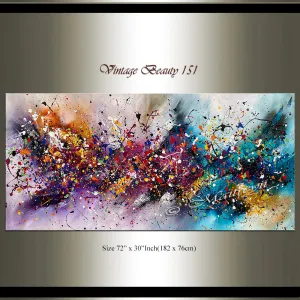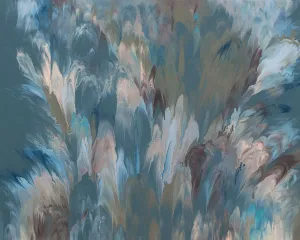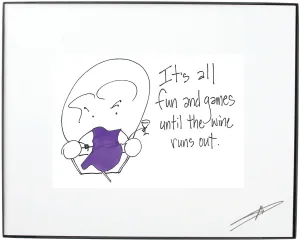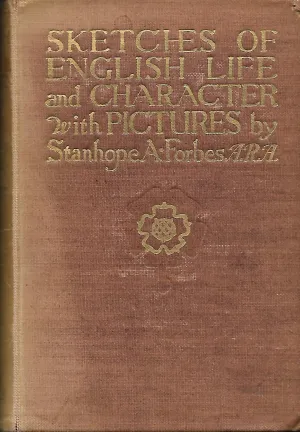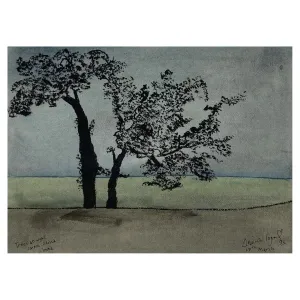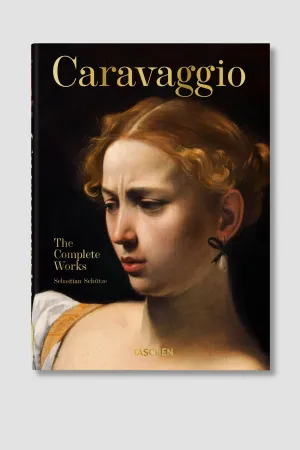Oil on board
Unframed Size 16 x 28 ins (40 x 71 cm)
Framed Size 21.5 x 34 ins (55 x 87 cm)
SN4586
Lungquist’s father was a merchant, musician, amateur painter and a free thinker. He discovered Theosophy early and was an early member of the Anthroposophical Society when it was formed in 1913. Birger Lunquist was also an enthusiastic anthroposophist, although his dedication over time cooled slightly. He was a follower of Rudolf Steiner who he heard lecture and read Goethe's colour theory. However, he abandoned his interest, for fear that Goethe's and Steiner's analytical relationship to the colours would kill his own intuitive experience. He saw the unconscious as a prerequisite for his artistic creation.
He studied at Caleb Althin's private painting school, at the Swedish Royal Academy of Art and in Paris. He made his exhibiting debut with the thirteenth group show at Liljevalch's Art Hall in 1928. His paintings drew inspiration from Nordic folk lore and old songs, depicting the protagonists mainly young women, as peasants or farm girls in traditional costume. His compositions were lyrical in conception and, more often than not, the young country girls were conceived as idealistic nudes in rural idylls.
He was a successful illustrator, illuminating works by his brother Walter Ljungquist and the poems of Gustaf Fröding. The Swedish Modern Art Gallery holds thirteen of his paintings and his work is also represented in the collections of the museums and galleries of Gothenburg, Kalmar, Norrköping, Borås, Bergen and Linköping. The Swedish National Gallery has a Self-portrait.





